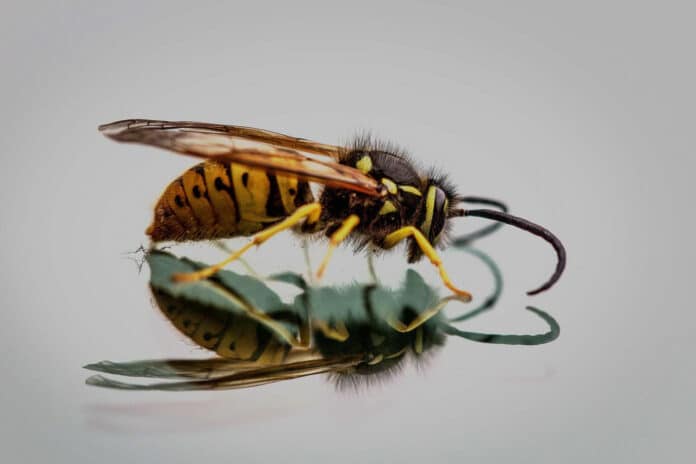Hornets are the largest of the social wasps and are essential regulators of insect populations in their native ranges. They are very successful as invasive species, with often devastating economic, ecological, and societal effects.
Understanding why these wasps are such successful invaders is critical to managing future introductions and minimizing the impact on native biodiversity.
To better understand how these species have successfully expanded their ranges, the international team of scientists investigated the genomes of three types of hornets. A team led by UCL (University College London) scientists sequenced the genomes of two hornet species, the European hornet- Vespa crabro, and the invasive yellow-legged Asian hornet Vespa velutina.
They compared these decoded genomes with the giant northern hornet- Vespa mandarinia. Their analysis revealed clues suggesting why hornets have been so successful as invasive species across the globe.
Scientists could pinpoint genes rapidly evolving since the three closely related species began to differentiate from one another and other wasp species by analyzing their differences. They discovered several notable genes that are rapidly evolving, particularly those related to communication and olfaction (smell).
The study’s first author, Dr. Emeline Favreau (UCL Centre for Biodiversity & Environment), said: “We were excited to find evidence of rapid genome evolution in these hornet genomes, compared to other social insects. Many genes have been duplicated or mutated; these included genes likely to be involved in communication and sensing the environment.”
Co-author Dr. Alessandro Cini, who began the work at UCL before moving to the University of Pisa, said: “These findings are exciting, as they may help explain why hornets have been so successful in establishing new populations in non-native regions.
“Hornets are carried to different parts of the world accidentally by humans. All that is needed is a small number of mated queens to be transported, hidden in cargo, perhaps. The genomes suggest that hornets have many genes involved in detecting and responding to chemical cues – these may make them especially good at adapting to hunt different types of prey in non-native regions.”
Senior author Professor Seirian Sumner (UCL Centre for Biodiversity & Environment) said: “These hornet genomes are just the beginning. The genomes of more than 3,000 insect species have now been sequenced by efforts around the world, but wasps are under-represented among these.
“Genomes tell us about aspects of ecology and evolution that other methods cannot. Evolution has equipped these insects with an incredible genetic toolbox with which to exploit their environment and hunt their prey.”
The study involved researchers in the UK, Italy, Spain, Israel, France, New Zealand, and Austria and was primarily funded by the Natural Environment Research Council.
Journal Reference:
- Favreau, E., Cini, A., Taylor, D. et al. Putting hornets on the genomic map. Sci Rep 13, 6232 (2023). DOI: 10.1038/s41598-023-31932-x
